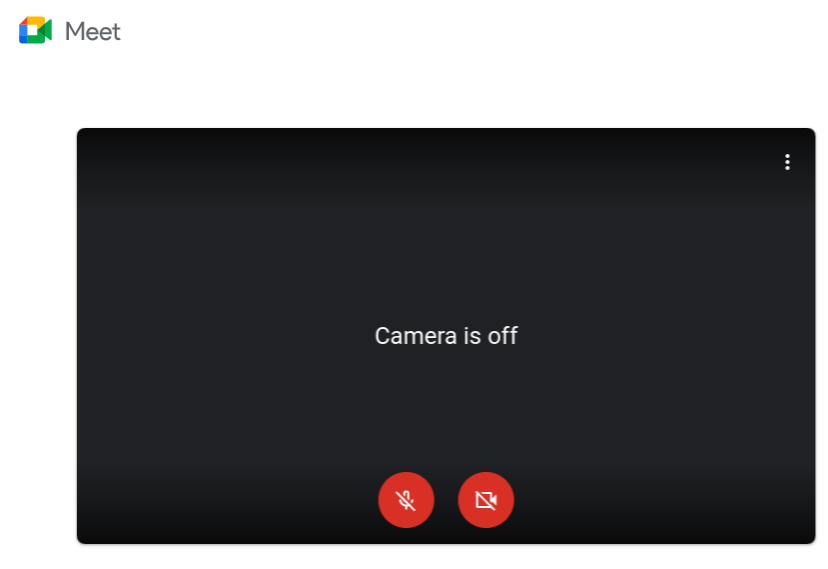What About the Internet?
The screen displayed before each Google Meet class.
Editor’s Note: With the return to onsite learning approaching, The Shakerite has launched a series to answer questions students, families and staff have about the return. To submit your questions to the What About series, email us at shakeriteserver@gmail.com, or message us through Twitter @TheShakerite or Facebook.
To conserve bandwidth during the expected return to onsite learning Jan. 6, the IT department will be limiting access of guest Wi-Fi networks throughout the district to only faculty and staff. Once students return onsite, their phones and other personal devices will not be able to connect to the guest WiFi.
John Rizzo, the executive director of technology and media services, said the district has taken other measures to limit access to WiFi. This includes a second internet connection that will double the district’s current capacity. “In addition, a second firewall will be added to increase redundancy and provide load balancing,” Rizzo wrote in an email.
Although the IT department said that “both of these upgrades were already planned for a future date,” they were implemented early after a sudden internet slowdown across the district Oct. 26. “A network appliance did experience a high amount of traffic causing it to slow network traffic flow between Shaker users and the Internet. This was not due to the number of users but, instead, due to the type of traffic being generated by users,” Rizzo wrote.
“The district was experiencing more video traffic than normal,” Rizzo wrote. He said that since most people in the district are using Zoom and Google Meet, the router could not handle all of the information. “Fortunately, the IT team was able to make adjustments to the impacted appliance in order to accommodate this increase and did so quickly,” he wrote. “To date, there has not been a recurrence of the issue.”
With the planned return to onsite learning Jan. 6, teachers will be using school WiFi to communicate with the large numbers of students in their homes.
The district expects more than 25 percent of K-4 students to remain remote every day; more than 50 percent of 5-8 grade students learning remotely every day; and more than 50 percent of high school students Tuesdays through Fridays. All high school students will stay remote on Mondays, but teachers will continue to teach from school.
Kimberly Ponce de Leon, World Language Department chairwoman and a Spanish teacher at the high school, said that most teachers have a plan for if the internet fails. “Even with regular in-person learning a back up plan is necessary. In a language acquisition class, communication is one of the essential learning objectives. I always have a stack of questions on hand. I might assign students to write a response, respond orally with the whole class or have students work with a partner,” she wrote in an email.
However, Emily Shrestha, English Department chairwoman, wrote that she does not yet have a plan for what to do if the internet crashes during concurrent learning. “The remote students could continue working. The students in the classroom would be sort of stuck,” she wrote.
According to Shrestha, her curriculum will largely be the same regardless of whether it is in-person or online. “I assume that the class will progress as it has been with assignments coming out through Google Classroom,” Shrestha wrote. “If we end up in a remote setting again, I do not want some things to be hard copy while others are electronic. It seems like electronic submissions are still the way to go.”
Shrestha, like Ponce de Leon, also wrote that the only benefit of returning to in-person learning will be seeing her students’ faces. “I will be able to, from behind the plastic barrier, help students one-on-one,” she wrote, “but I am not sure that will be more effective than meeting with them one-on-one in Meet as we have been.”
There will never be a guarantee of success, according to Rizzo. “The IT department is very cognizant of how important reliable connectivity is,” he wrote. “The role of the IT department is to keep things running as best as possible but this does not come with a 100 percent guarantee of zero downtime.”









